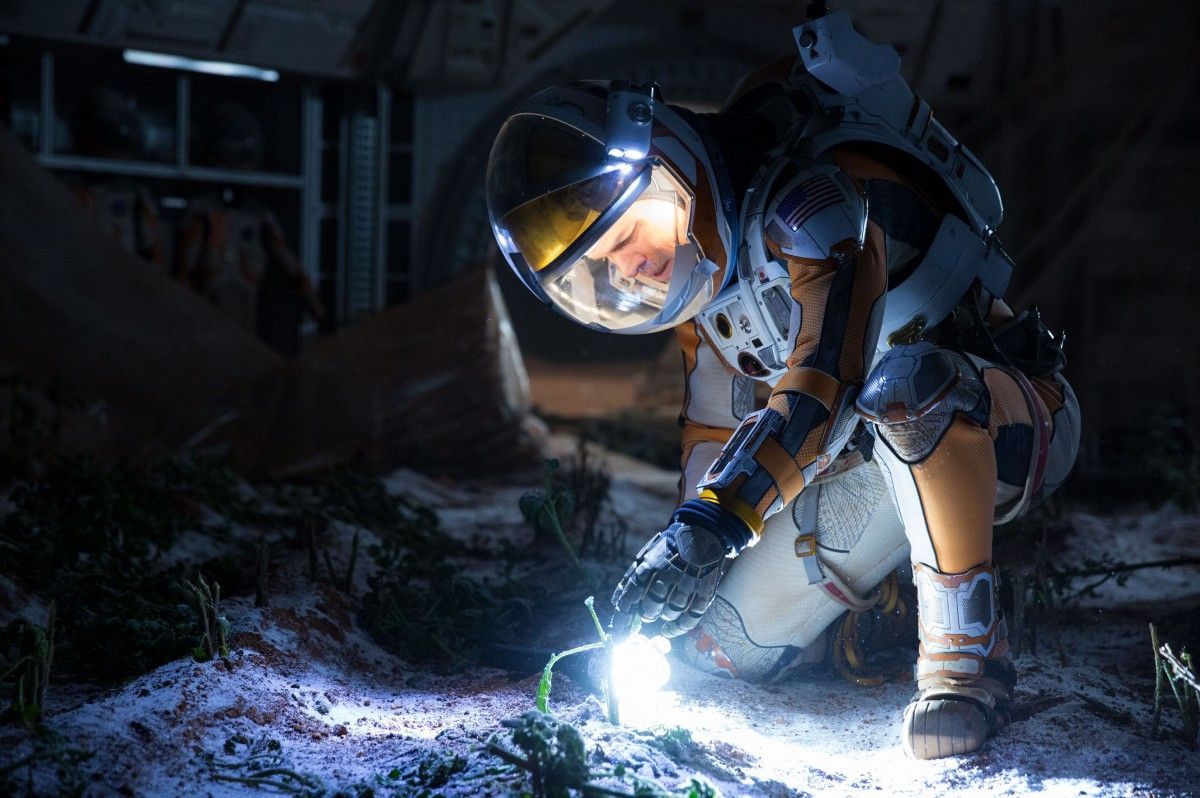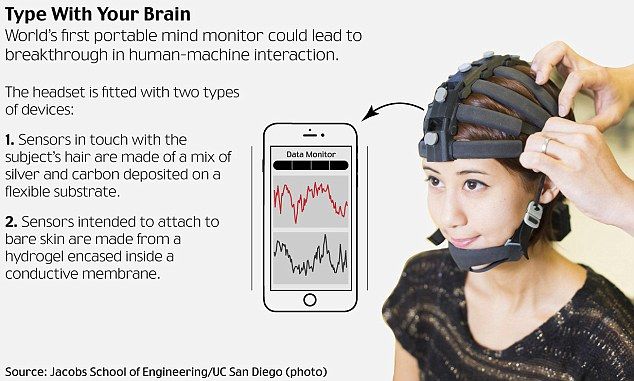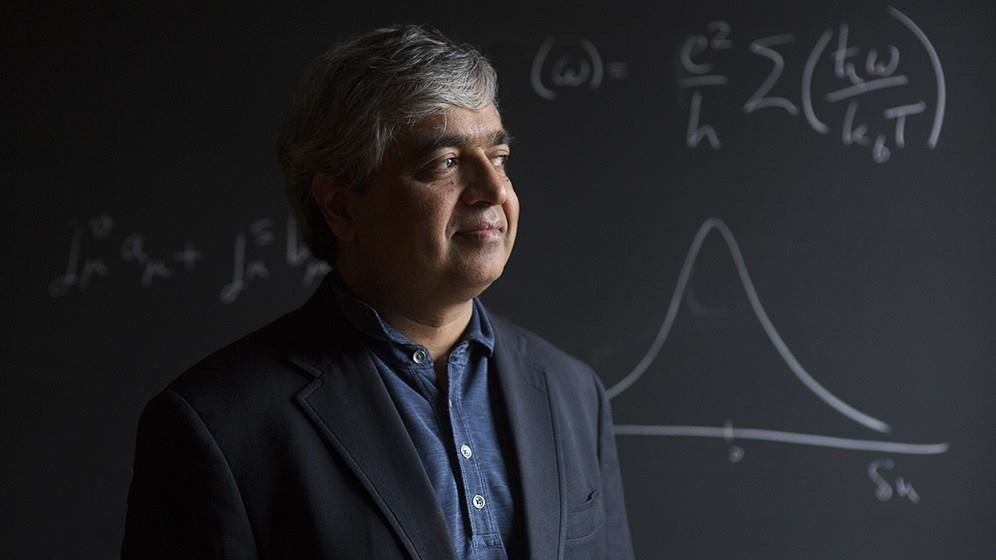Jan 23, 2016
Researchers have achieved the next breakthrough in quantum physics
Posted by Shailesh Prasad in categories: quantum physics, supercomputing
An international team of scientists has managed to create a quantum knot for the first time — a fundamental breakthrough in quantum physics that could one day help power the supercomputers of the future.
These knots aren’t quite the same as the ones you might tie to moor a boat to a jetty — they’ve been made in a superfluid form of quantum matter called Bose-Einstein Condensate, or BEC, and are more like smoke rings than traditional knots.
“For decades, physicists have been theoretically predicting that it should be possible to have knots in quantum fields, but nobody else has been able to make one,” said lead researcher, Mikko Möttönen.

















